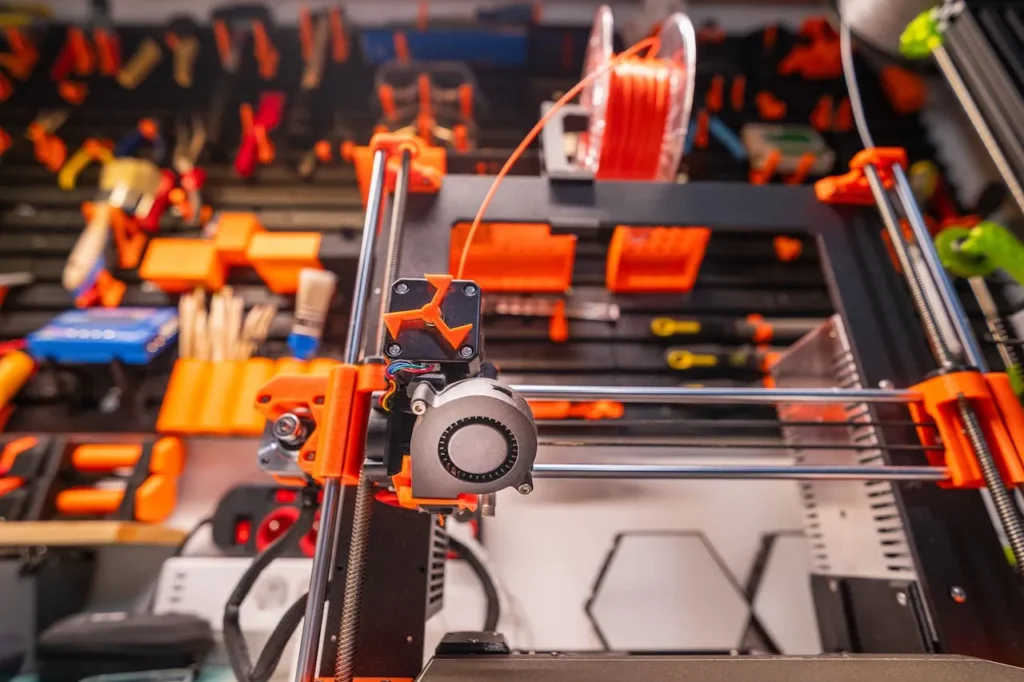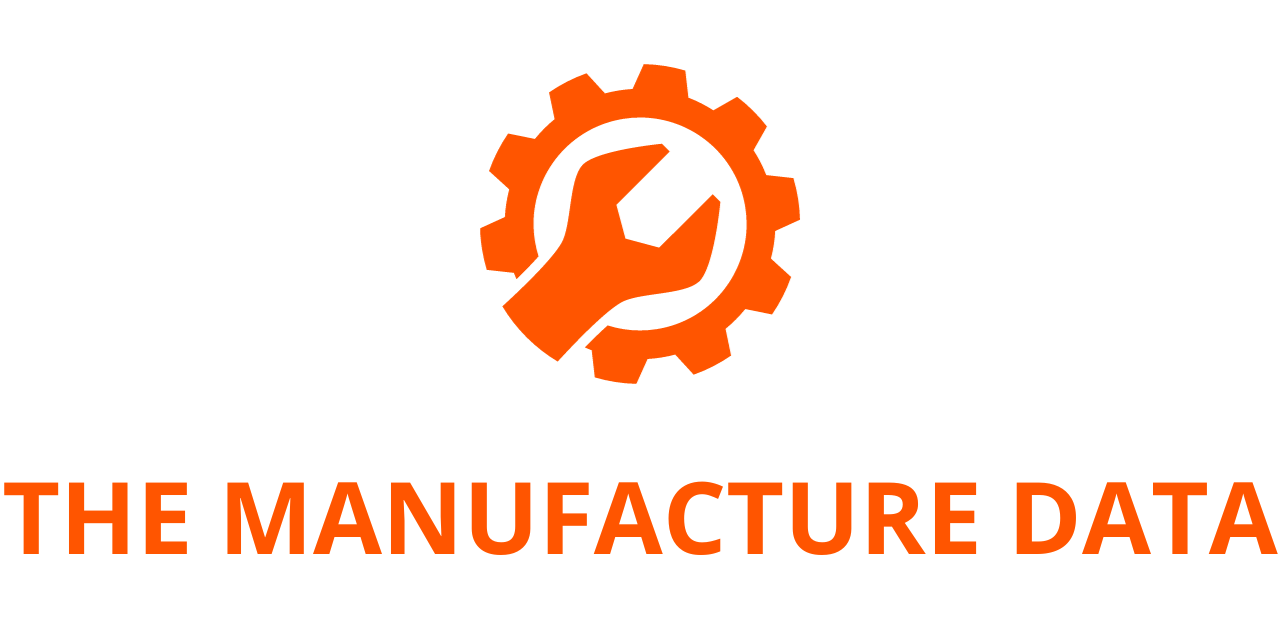
Thermoforming Plastics Market Growth Analysis 2024-2030: Overview of Key Sectors
The “Thermoforming Plastics – Global Strategic Business Report” from ResearchAndMarkets.com provides a detailed analysis of the global thermoforming plastics market. As of 2023, the global market for plastics is valued at US$14.4 billion and is forecast to grow to US$20.1 billion by 2030, with a compound annual growth rate (CAGR) of 5.0%. This comprehensive report covers essential market trends, growth drivers, and forecasts, providing valuable insights for informed decision-making.
The growth of the plastics market is driven by several key factors, such as the rising demand for sustainable and recyclable packaging, advancements in manufacturing technologies, and the growing use of thermoforming plastics in healthcare and automotive sectors. Innovations in bio-based thermoforming plastics and improved recyclability have broadened the range of applications across various industries. Thermoforming Additionally, the drive to reduce packaging waste, improve shelf life, and offer cost-effective solutions has significantly boosted the demand for plastics, which are known for their versatility and durability in packaging.
Increasing food consumption, rising healthcare expenditures, and growing automotive production further contribute to the expansion of the plastics market. These factors collectively support the wider use of thermoforming plastics in diverse sectors, from packaging to medical devices and automotive components.
Key Segments in the Thermoforming Plastics Market
The plastics market consists of several materials, including polypropylene, polyethylene, polystyrene, and polyvinyl chloride. Among these, polypropylene holds the largest market share due to its lightweight properties, heat resistance, and widespread use in packaging applications. The market is segmented by applications, which include food packaging, healthcare devices, automotive parts, and consumer goods.

Thermoforming Food packaging is the largest application segment for plastics. This is driven by the need for disposable, recyclable, and cost-effective containers, trays, and lids in the food and beverage industry.The healthcare sector also represents a significant segment, using plastics for medical trays, containers, and protective packaging that ensures sterility and safety. In the automotive industry, plastics are used to produce lightweight components, such as interior panels, which help reduce vehicle weight and improve fuel efficiency.
Market Trends and Drivers
Several trends and drivers are shaping the future of the plastics market. The growing demand for sustainable packaging solutions is one of the key factors driving market growth. Recyclable and biodegradable plastics are gaining traction as industries and consumers focus on reducing environmental impact. Additionally, advancements in technologies and the growing adoption of lightweight automotive components are expanding the market’s scope.
plastics are also increasingly used in consumer electronics packaging, as well as in pharmaceutical blister packaging. The demand for durable and impact-resistant packaging solutions is another driver of market expansion, as manufacturers seek to improve product protection and shelf life. Moreover, the rising demand for packaging in retail and e-commerce sectors further enhances the market’s potential.
The aerospace and defense industries are also exploring high-performance materials, expanding the opportunities for plastics beyond traditional sectors. Additionally, the increasing use of thermoforming plastics in construction and interior decoration is contributing to market demand.
Competitive Landscape
The thermoforming plastics market is highly competitive, with several leading players dominating the global landscape. Some of the key companies featured in the report include Amcor Limited, Anchor Packaging, Berry Global Group Inc., Brentwood Industries, Inc., C.M. Packaging, and many others. These Thermoforming companies have a strong presence in various geographical regions and are continuously innovating to meet the growing demand for sustainable and high-performance thermoforming plastics.
Report Scope
The study covers several key areas, including:
- Types of Thermoforming: Vacuum, Pressure, and Mechanical thermoforming processes.
- End-Use Industries: Food & Agricultural Packaging, Healthcare & Pharmaceutical, Consumer Goods & Appliances, Construction, Automotive, Electrical & Electronics.
- Geographic Regions: United States, Canada, Japan, China, Europe (including France, Germany, Italy, the United Kingdom, Spain, Russia, and the rest of Europe), Asia-Pacific (including Australia, India, and South Korea), Latin America (including Argentina, Brazil, and Mexico), Middle East (including Iran, Israel, Saudi Arabia, and UAE), and Africa.
Why Buy This Report?
This report offers comprehensive market insights, including:
- Detailed Market Analysis: In-depth analysis of the global thermoforming plastics market across all major geographic regions and market segments.
- Competitive Insights: Overview of the competitive landscape, including the market presence of leading players worldwide.
- Future Trends and Drivers: Insights into the key trends and market drivers that are shaping the future of thermoforming plastics.
- Actionable Insights: Practical information that can help businesses identify new revenue opportunities and make strategic decisions.
For further details and to access the full report, visit ResearchAndMarkets.com.




